Native American Inventions That Revolutionized Medicine
November 19, 2021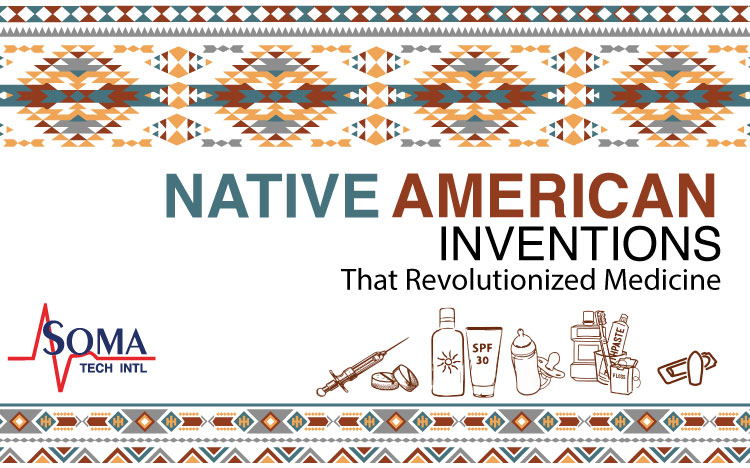
Native American Inventions That Revolutionized Medicine
- Native American Influence In Medicine
- Modern-Day Syringes
- Development Of Pain Relievers
- Native Americans Invented Sunscreen
- The Earliest Baby Bottles
- Mouth Wash & Oral Hygiene
- Suppositories
- Final Thought
It’s easy to go about our day-to-day lives without thinking about the role that public health and medicine play in keeping us safe and healthy. But it’s even easier to take those things for granted without recognizing the brilliant innovations and inventors that got us where we are today. Specifically, the Native American inventions that revolutionized medicine even still today. As technology moves us ever forward, let’s not forget that as we grow into the future, we are still rooted in Native American history.
In observance of Native American Heritage Month, let us highlight some of the Native American inventions that impacted modern medicine.
NATIVE AMERICAN INFLUENCE ON MEDICINE
To begin to understand Native Americans’ role in medicine, it is important to have a brief understanding of their history concerning health and medicine. Native American healing traditions vary by tribe, often reaching back thousands of years. There seems to be a consensus among most tribes that health is an expression of the spirit and a continual process of staying strong spiritually, mentally, and physically. This idea is echoic of the holistic view of medicine that is taught throughout many modern medical schools and even originated centuries ago with Hippocrates (the father of the Hippocratic Oath).
It is unquestionably astonishing to see historically the early advancements many Native American tribes had in the medical field. Those advancements are even more amazing when compared to the European knowledge of medicine that prevailed at the time.
MODERN-DAY SYRINGES
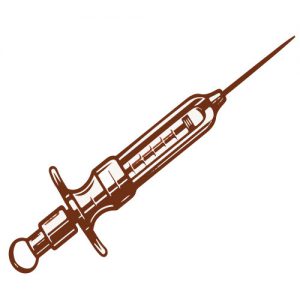
Before colonization, Indigenous peoples had created a method using a sharpened hollowed-out bird bone connected to an animal bladder that could hold and inject fluids into the body. These earliest syringes were used to do everything from injecting medicine to irrigating wounds.
DEVELOPMENT OF PAIN RELIEVERS
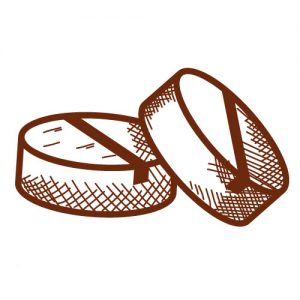
Native American healers lead the way in pain relief. For example, willow bark (the park of a tree) is widely known to have been ingested as an anti-inflammatory and pain reliever. It contains a chemical called salicin, which is a confirmed anti-inflammatory that when consumed generates salicylic acid. Salicylic acid is an active ingredient in modern-day aspirin tablets. In addition to many ingestible pain relievers, topical ointments were also frequently used for wounds, cuts, and bruises. Two well-documented pain relievers include capsaicin (a chemical still referenced today that is derived from peppers) and Jimson weed as a topical analgesic.
NATIVE AMERICANS INVENTED SUNSCREEN
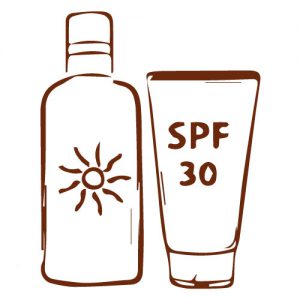
North American Indians have medicinal purposes for more than 2,500 plant species – and that is just what’s currently known between existing practices. But, for hundreds of years, many Native cultures had a common skin application that involved mixing ground plants with water to create products that protected skin from the sun. Sunflower oil, wallflower, and sap from aloe plants have all been recorded for their use against UV rays. There are also noted instances of using animal fat and oils from fish as sunscreen.
THE EARLIEST BABY BOTTLES
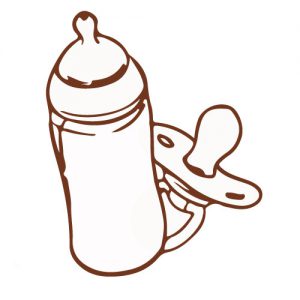
It wouldn’t be considered sanitary – or safe – by today’s standards, but long before settlers made their way to American lands, the Iroquois, Seneca, and others created bottles to aid in feeding infants. The invention consisted of the inside of a bear and a bird’s quill. After cleaning, drying, and oiling bear intestines, a hollowed quill would be attached as a teat. This would allow concoctions of pounded nuts, meat, and water to be suckled by infants for nutrition.
MOUTH WASH & ORAL HYGIENE
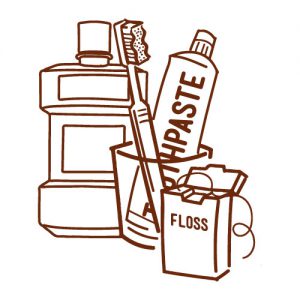
Although tribes across the continent used various plants and methods for cleaning teeth, it is rumored that people on the American continent had more effective dental practices than the Europeans who arrived. In particular areas, mouthwash was known to be made from a plant called goldthread to clean out the mouth. It was also used as pain relief for tooth infection by rubbing it directly onto the gums.
SUPPOSITORIES
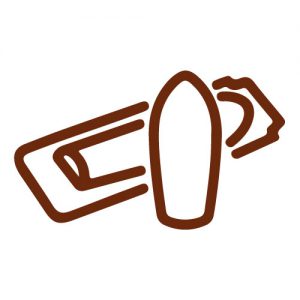
Hemorrhoids are nothing new. Nor is the pain and discomfort associated with having hemorrhoids. But before modern-day solutions and dietary changes, Indigenous peoples throughout the Americas created suppositories from dogwood trees. Dogwood is still used today (although not often) externally for wounds. However, hundreds of years ago small plugs were fashioned by moistening, compressing, and inserting the dogwood to treat hemorrhoids.
FINAL THOUGHT
Although Native American Day had been unofficially celebrated since 1916, it wasn’t until 1990 that former President George H.W. Bush passed a resolution declaring November Native American Heritage Month. Native Americans are filled with rich history and culture that can still be felt throughout our communities. What better way to commemorate Native American influence and history than by exploring their role and contribution to the medical field?
Did you enjoy the article? What Native American invention do you find most interesting? How do you observe Native American Heritage Month? Is there a topic that you would like us to cover next time? Feel free to leave us a comment below!
2 comments
Leave a Reply
Explore Other Blog Items By Category
Recent Posts


Surgical Microscope Rentals


What other medical procedures did they invent? It would be interesting to find out.
Hey Laura! Thank you for reading! We will have to write another follow-up article soon!
We hope you have a great day!
Soma Tech Intl